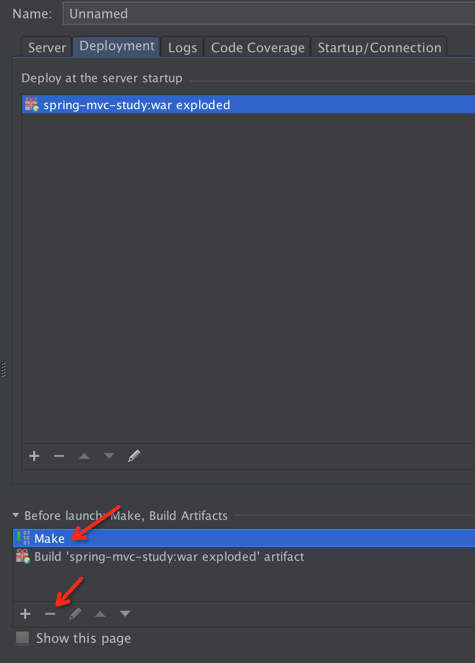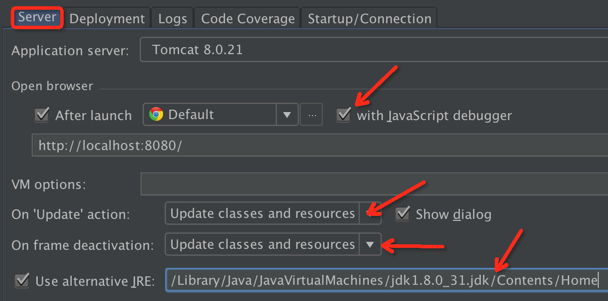

#tomcat.javaoptions=-agentpath:/jrebel/lib/libjrebel64.so -Drebel. Or you can download Jrebel manually and then in local.properties add the path: bugjavaoptions=-Xverify:none -agentpath:/jrebel/lib/libjrebel64.so -Drebel.remoting_plugin=true -Drebel.remoting_port=12345 -Xdebug -Xrunjdwp:transport=dt_socket,server=y,address=8000,suspend=n #tomcat.javaoptions=-agentpath:/opt/jrebel/lib/libjrebel64.so -Drebel.remoting_plugin=true In local property change depending on debugging: local.properties( -agentpath depends on where you downloaded your Jrebel): bugjavaoptions=-Xverify:none -agentpath:/opt/jrebel/lib/libjrebel64.so -Drebel.remoting_plugin=true -Drebel.remoting_port=12345 -Xdebug -Xrunjdwp:transport=dt_socket,server=y,address=8000,suspend=n Go to File -> Settings -> Debugger -> HotSwap, and.
#JREBEL SETUP INSTALL#
You can add JRebel in your Dockerfile: RUN wget -O jrebel.zip & \ Optionally you can install the JRebel Plugin for IntelliJ IDEA. I will just explain what is the difference when configuring JRebel with Docker: Steps:

The agent libraries can be found in the lib folder.
#JREBEL SETUP 32 BIT#
JRebel comes bundled with 64 and 32 bit versions for Windows, macOS and Linux. You will make use of it later as you configure JRebel for your application server and project. After unpacking, it would be wise to setup the environment variables. Shortcut: File > Settings > Search for plugins and. Simply unpack the archive to a location of your choice.
#JREBEL SETUP HOW TO#
I will not covering how to setup Jrebel for Hybris as it is already covered in official documentation: java -jar jrebel-setup.jar Install the JRebel Plugin for IDEA. During 2012 we got 25 customers, but most deals were tiny.
#JREBEL SETUP UPDATE#
It could now manage any Java EE application update and would choose the default strategy depending on whether the hotpatch update would be successful or not. Starting the server with the JRebel increases the startup time by about one minute, but this cost is more than compensated for by the fact that developers no longer need to restart their servers after making changes. Eureka, a breakthrough (2012) Armed with these new features, LiveRebel 2.0 was released in February 2012. You just save, refresh and see the changes right away. It uses "Rebellion Technology" to instantly reload changes made to a class structure, making a full app redeploy unnecessary. JRebel works by monitoring the directory that contains the class files that are produced as part of a build.
 If your rebel.xml was generated with JRebel plugin for Maven, then just make sure you specify that you want the resources directory to be included into the configuration:
If your rebel.xml was generated with JRebel plugin for Maven, then just make sure you specify that you want the resources directory to be included into the configuration: add a new feature, fix a bug, etc) and see those changes reflected in their app under development without restarting the application server. Make sure that the directory is listed in rebel.xml configuration file that is deployed with the app. JRebel is a JVM plugin that lets Java developers instantly update code (i.e. dylibĪdd the appropriate JVM arg to adle (not necessary if using the CLI feature) However, since all modern Java development is done from within a smart IDE, it has plugins that you can install which would simplify the configuration of JRebel.


 0 kommentar(er)
0 kommentar(er)
